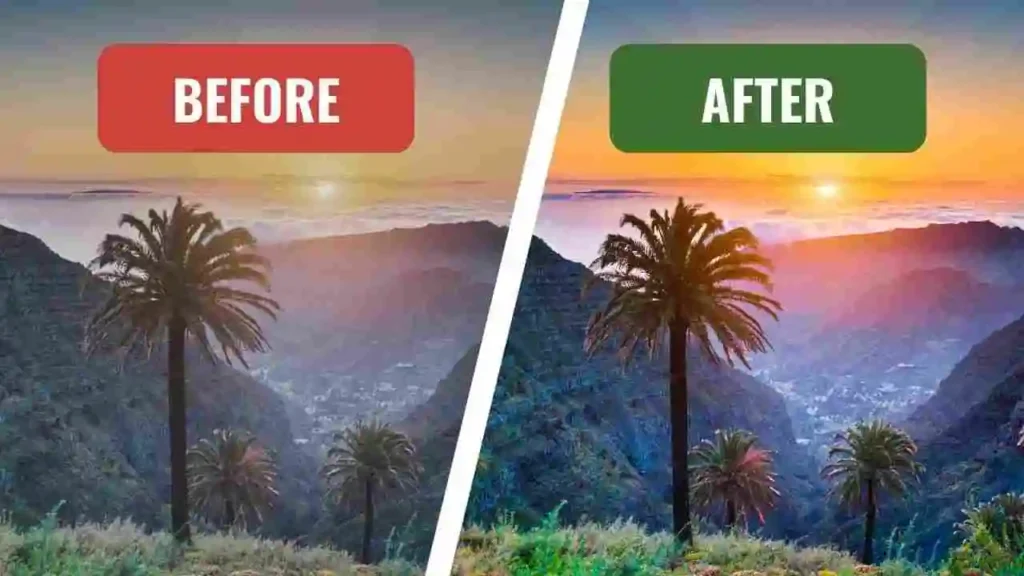We live in a visual content-driven world, and the introduction of AI picture generators has completely transformed the way we make and enjoy visual material. Imagine being able to create magnificent pictures using only a few words or phrases. This technology is more than simply a novelty; it is altering industries, increasing creativity, and even questioning our understanding of art. In this post, we’ll look at what AI image generators are, how they operate, how they’re used, and what they mean for the future of creativity.
What Are AI Image Generators?
AI image generators are advanced software applications that employ artificial intelligence to create images from text descriptions. These technologies use deep learning techniques, specifically Generative Adversarial Networks (GANs), to create graphics ranging from realistic photographs to abstract art.
How Does AI Image Generator Work?

At the heart of AI image production is a complicated interplay of neural networks. Here’s a simple breakdown of the process:
Training Data: The AI is trained using massive datasets containing millions of photos and their descriptions. This allows the model to understand the links between words and visual aspects.
Text Input: Users enter a textual prompt that acts as the basis for image production. For example, typing “a sunset over a mountain range” will help the AI generate a relevant image.
Image Generation: The AI examines the data and creates an image that matches the description. This entails anticipating pixel values and organizing them to create a coherent image.
Refinement: Many AI generators include iterative refinement, allowing users to alter the input or make changes to the generated image until they get the desired output.
Applications for AI Image Generators
AI image generators’ adaptability has led to their widespread usage in a variety of sectors. Here are a few notable applications:
- Graphic Design.
Graphic artists are increasingly relying on AI image generators to streamline their workflow. These tools may quickly generate mockups, logos, and other design elements, allowing designers to concentrate on more advanced creative work.
- Marketing & Advertising
In the marketing world, AI-generated graphics may be customized for individual campaigns, resulting in distinctive visuals that connect with target consumers. This not only saves time but also lowers the costs involved with traditional photoshoots.
- Entertainment and Games
The game business benefits from AI image generators since they help create immersive worlds and character designs. Developers can swiftly create varied assets, improving the entire gaming experience.
- Art & Creativity
Artists are looking into AI picture generators as a new medium for expression. By cooperating with AI, they can push the boundaries of traditional creative forms and produce works that combine human creativity with machine intelligence.
Ethical considerations
As with any emerging technology, AI picture generators bring significant ethical concerns. Here are some important considerations:
Copyright Issues
When artificial intelligence creates images, the question of ownership emerges. Who owns the rights to an image generated by AI? This is a complex matter that is still being contested in the legal community.
Authenticity and Originality
With AI capable of producing visuals that resemble human styles, the distinction between original art and AI-generated content blurs. This raises questions about the legitimacy of art and the importance we place on human creation.
Misinformation
AI-generated images can be used to create deceptive content, aiding in the spread of misinformation. Users must be aware of the possibility of misuse and treat AI-generated pictures critically.
Future of AI Image Generators
AI image generators have a bright future ahead of them, with technological breakthroughs promising even more sophistication. Here are several trends to follow:
Enhanced Customization
Future AI generators are anticipated to have additional customization choices, allowing users to fine-tune every aspect of the image, from design to color palette.
Integration of Other Technologies
As AI evolves, we should expect further integration with other technologies like virtual reality (VR) and augmented reality (AR), resulting in immersive experiences that combine the real and virtual worlds.
Democratization of Art
AI picture generators have the potential to democratize art creation, making it available to everyone with no professional expertise. This could result in a surge in varied artistic expressions and novel kinds of innovation.
Conclusion
AI image generators are more than a fad; they mark a substantial shift in how we generate and interact with visual information. As these technologies advance, they will continue to have an impact on a variety of industries, including design and entertainment. However, we must understand the ethical consequences and use this technology appropriately.
So, whether you’re a designer, marketer, artist, or just interested in the future of creativity, embracing AI image generators could open up a whole new universe of opportunities. What will you build with this powerful tool?
“The future belongs to those who believe in the beauty of their dreams.” — Eleanor Roosevelt
For additional information on AI and creativity, see this article about AI’s impact on the creative business.
